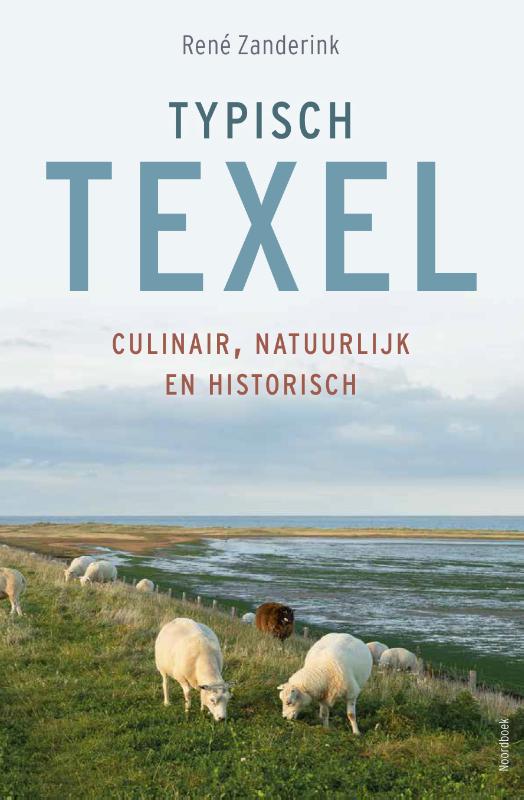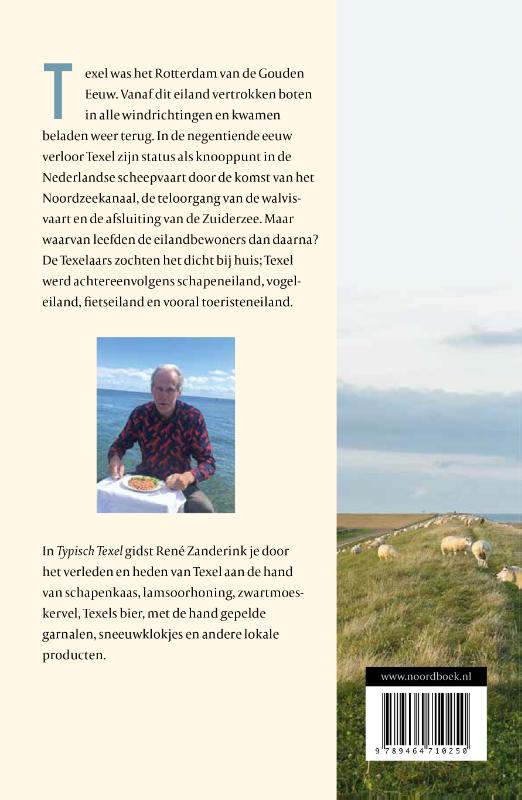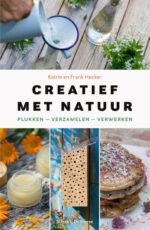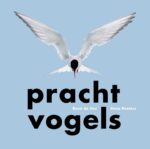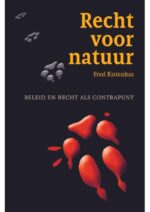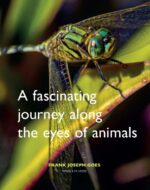Typisch Texel
€ 17,90
Texel was het Rotterdam van de Gouden Eeuw. Vanaf dit eiland vertrokken boten in alle windrichtingen en kwamen beladen weer terug. In de negentiende eeuw verloor Texel zijn status als knooppunt in de Nederlandse scheepvaart door de komst van het Noordzeekanaal, de teloorgang van de walvisvaart en de afsluiting van de Zuiderzee. Maar waarvan leefden de eilandbewoners dan daarna? De Texelaars zochten het dicht bij huis; Texel werd achtereenvolgens schapeneiland, vogeleiland, fietseiland en vooral toeristeneiland.
In Typisch Texel gidst René Zanderink je door het verleden en heden van Texel aan de hand van schapenkaas, lamsoorhoning, zwartmoeskervel, Texels bier, met de hand gepelde garnalen, sneeuwklokjes en andere lokale producten.
Gerelateerde boeken
-
-
-
A fascinating journey along the eyes of animals
€ 49,90A fly has two eyes, but they consist of hundreds of separate parts, each with its own lens. The eyes of rabbits are implanted sideways to see danger coming. What do all eyes have in common? They all do “something” with light. The renowned ophthalmologist Dr Frank J. Goes takes you on a fascinating journey along the eyes of animals. Changing climate, continental drift and the amount of oxygen in the air influenced the development of animal species and their eyes. Colour vision, sharpness, nearsighted or farsighted, facet eyes, eyes on stalks. The variation is endless, but animals always have eyes adapted to the search for food and survival.
DR. FRANK J. GOES is a consultant at the Goes Eye Center in Antwerp, which he founded in 1969. In addition to his activities as an ophthalmologist, he is also a lecturer at Ehsal high school,
an ambassador for the NGO ‘Light for the World’ and a consultant in medical legal matters.
